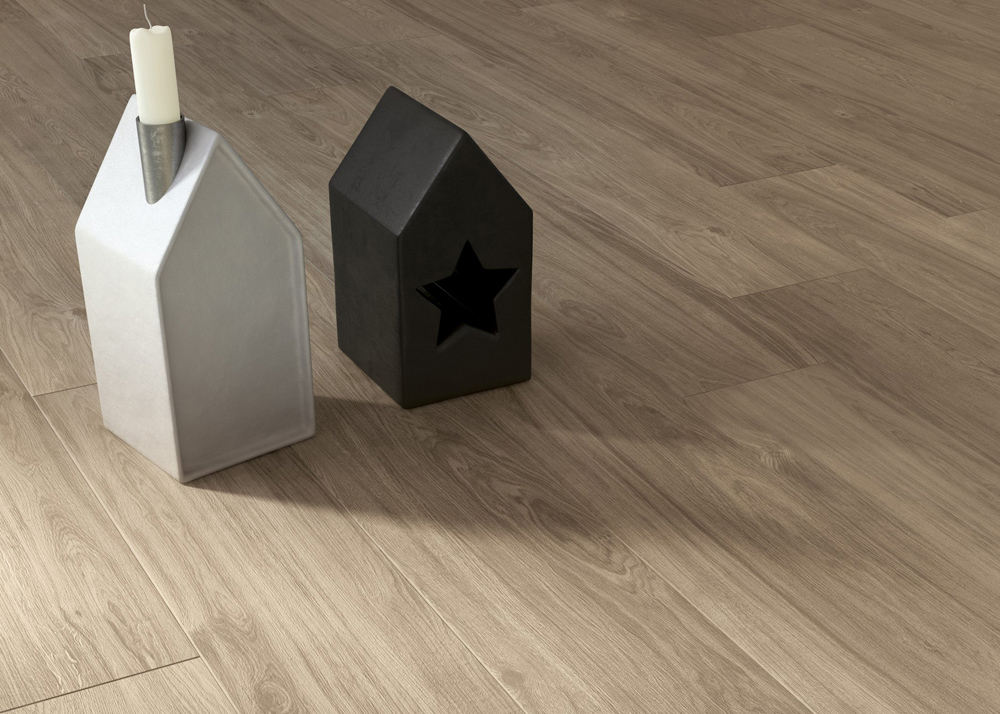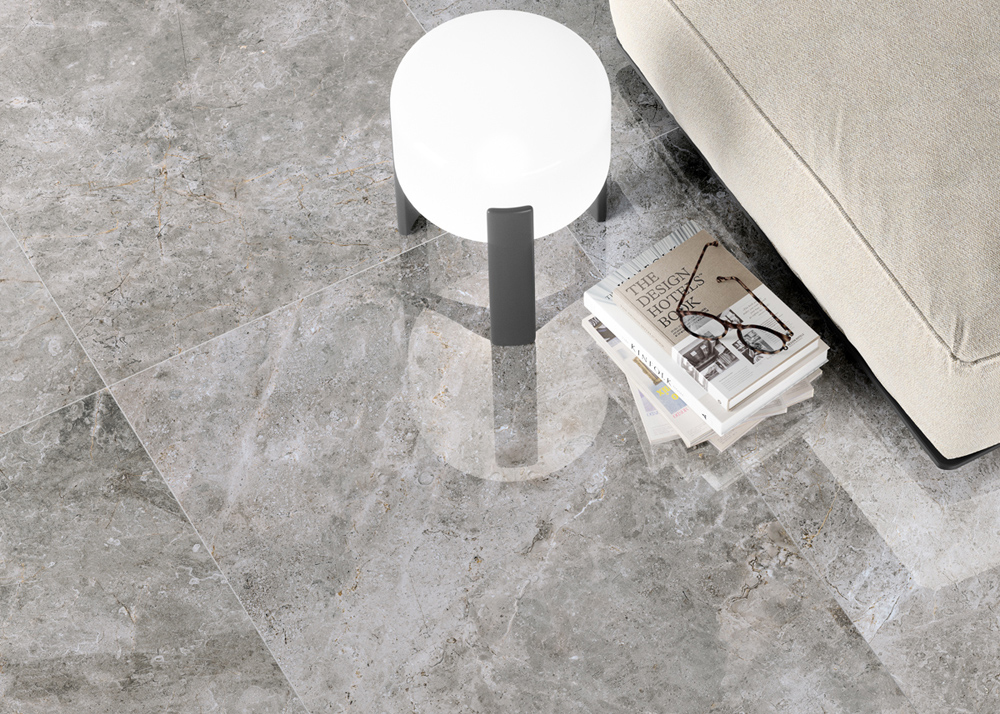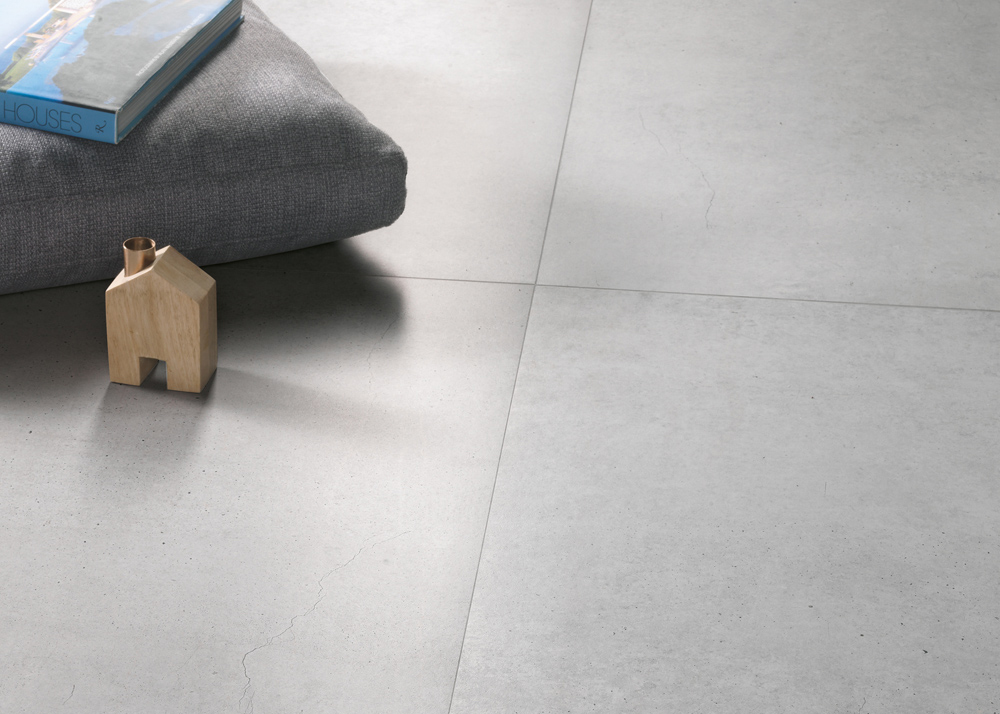The Tile’s Aesthetic Features: Size, Color, and Decoration
The aesthetic features of ceramic tiles are basically three:
- size
- colour
- decoration
Tile Sizes
The size is a feature significantly affecting the visual appearance of the tiled surface. By varying the size, the frame of the grout lines varies accordingly, thus appearing increasingly thicker as the size diminishes and larger, so less visible, as the size increases. The most common sizes are the square and the rectangle (though there are many other such as the hexagon, octagon, Provencal, Moorish, etc), very plain shapes, yet providing a wide range of different solutions. In fact, by simply altering the joints course (for example, by passing from continuous joints in both direction to offset joints), or by varying the orientation of the joints in relation to the sides or the axes of the surface to be tiled, the visual impact may be totally changed. Further solutions can be achieved by combining tiles of different size. Thanks to these two methods together with the design research and innovation developments, nowadays, the range of tiling solutions has become almost unlimited..
Tile Colours
In case of glazed tiles, the colour is given by the glaze. Ceramic glazes offer a countless chromatic range, which includes every basic colour, tone or shade. Within the same colour, tiled surfaces can vary in terms of glosss, glossy or non-reflective (“matt”) and in terms of chromatic texture. In case of unglazed tiles, the colour is basically that of the body and this obviously limits the range of solutions; a limitation that becomes a virtue in case of terracotta, beautiful, appreciated and sought after precisely because of its particular colour, a colour to be enhanced but not changed. The same cannot be said for porcelain tiles, since such “chromatic uniqueness” does not exist. From the original neutral tones of the past few decades, when it was a sole technical high-performing product, further developments have brought a wider range of solid colours and consequently granular colour textures and reproductions of some natural stones. Such objective can be achieved by working both on the composition of the initial powders and on the surface itself, by creating special effects like veining, nuances, colour blends, etc. The chromatic solutions are also enhanced by the opportunity to create glossy and reflective surfaces through polishing-smoothing.
Tile Decorations
As for decoration, different considerations must be made depending on weather the tile is glazed or unglazed. Glazed tiles offer an almost unlimited range of decorations. Thanks to silk-screening, in fact, any design or picture, however complex and multi-coloured, can be reproduced on the tile surface. Some decorations are “accomplished” within a single tile, so that each tile of the same batch is identical, while other decorations involve several tiles, to be installed in order to create a complex and lager design. Unglazed tiles are usually not decorated, yet, porcelain stoneware represents an exception to the rule; in fact, thanks to the development of special techniques, like silk-screening, decorated inserts, satin motifs on a polished surface and vice versa, it offers interesting solutions. Relief-decorations, obtained through pressing, are available both for glazed and unglazed tiles, and can be very helpful in reducing slip resistance.


